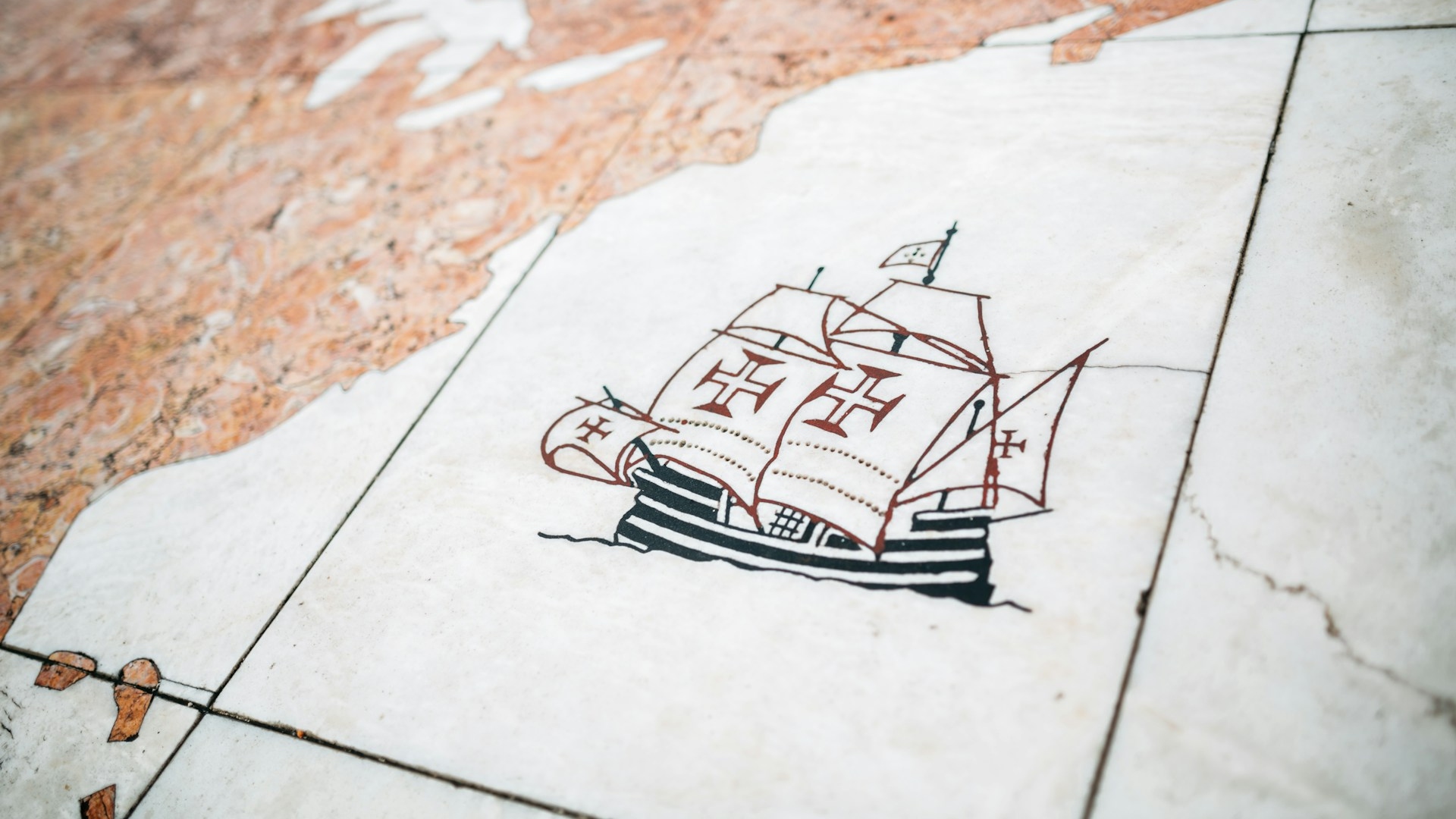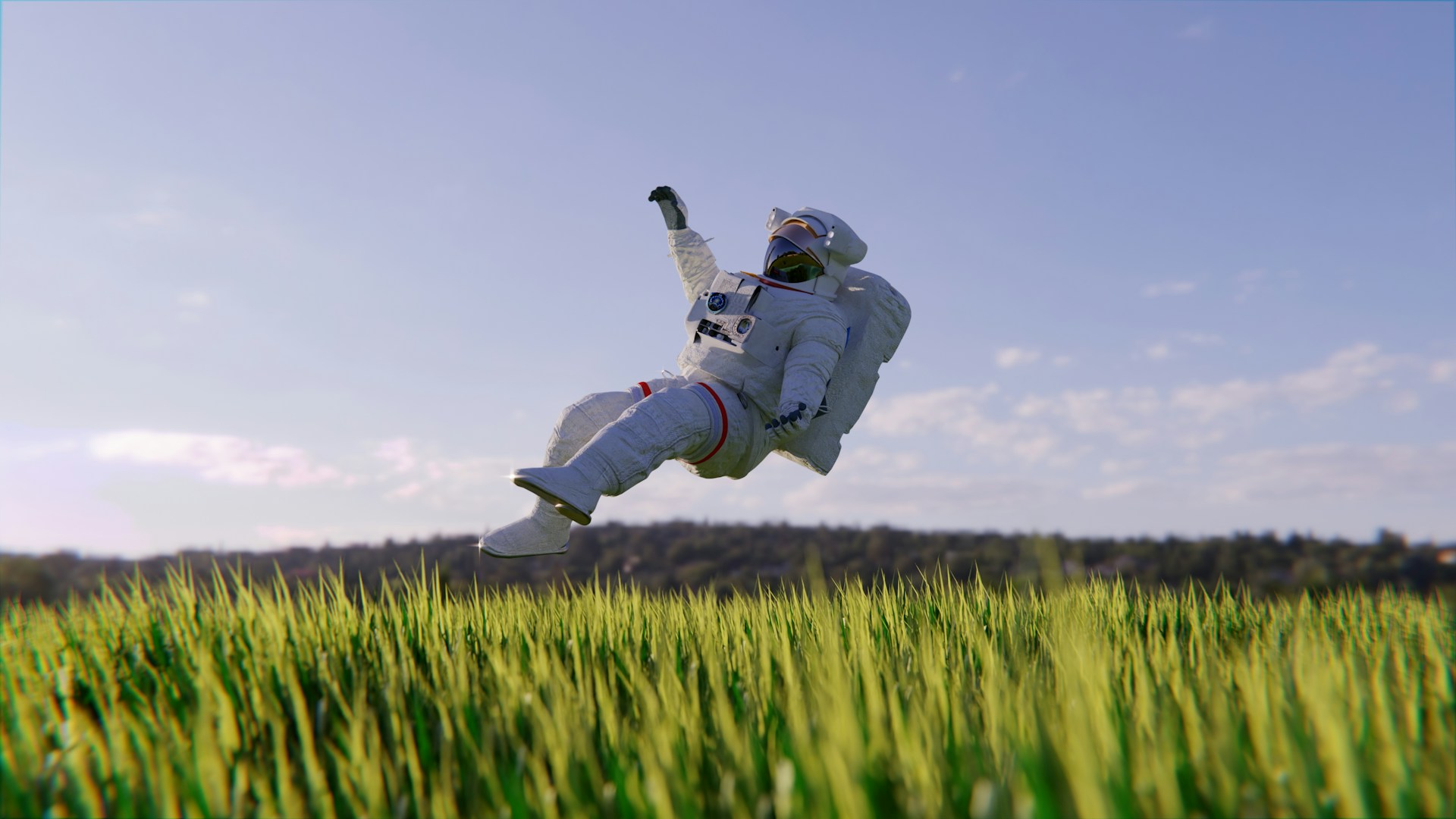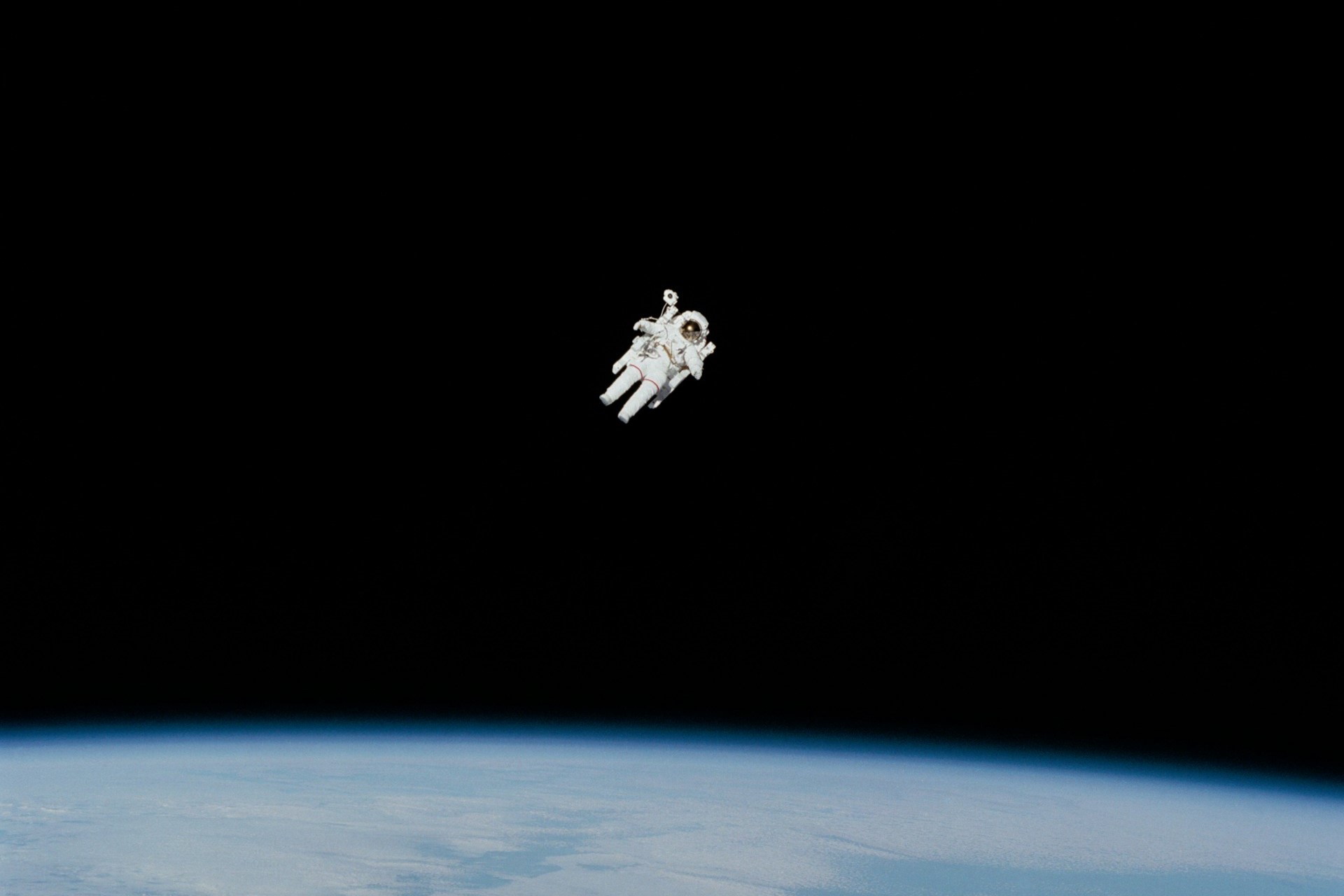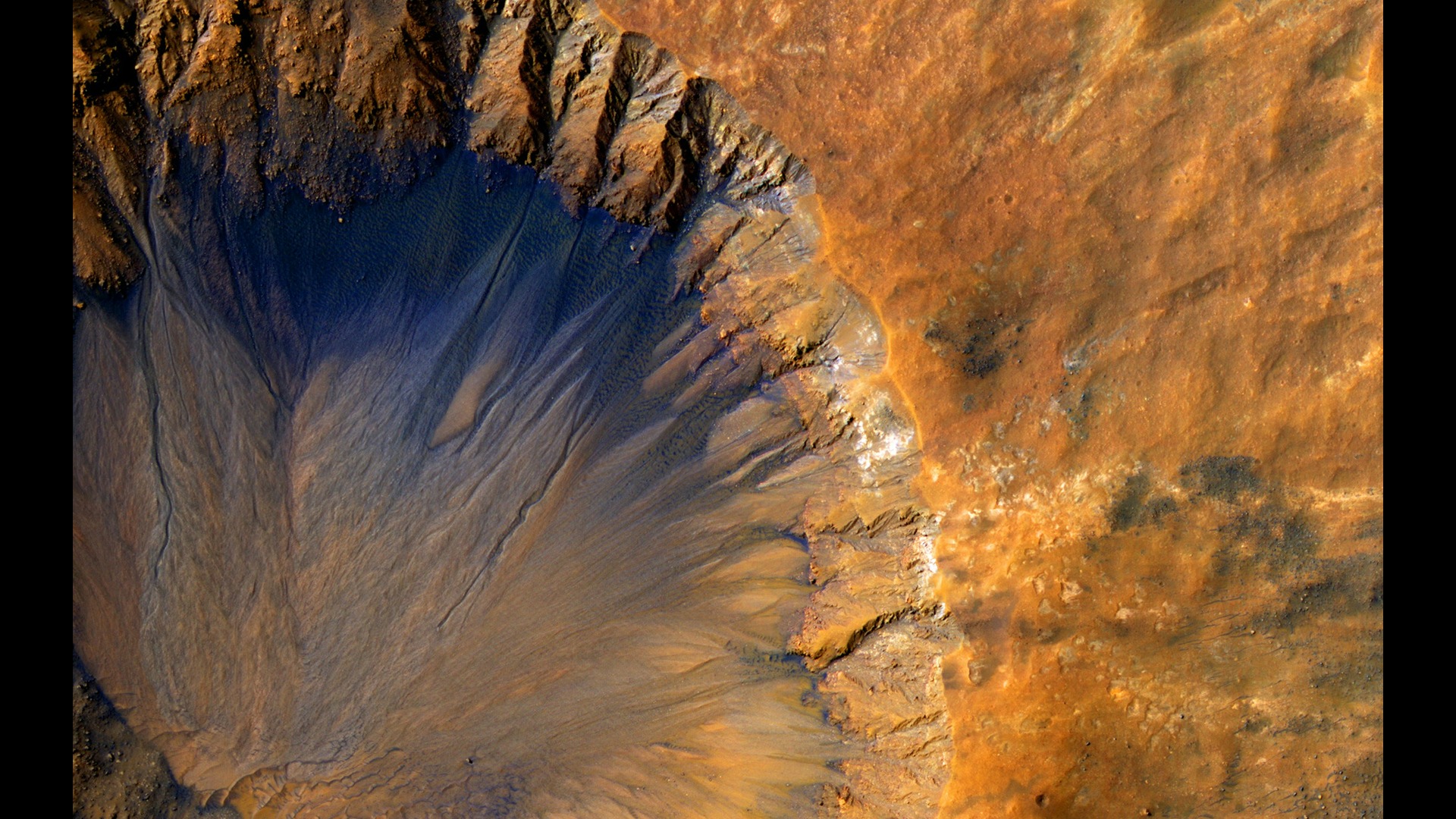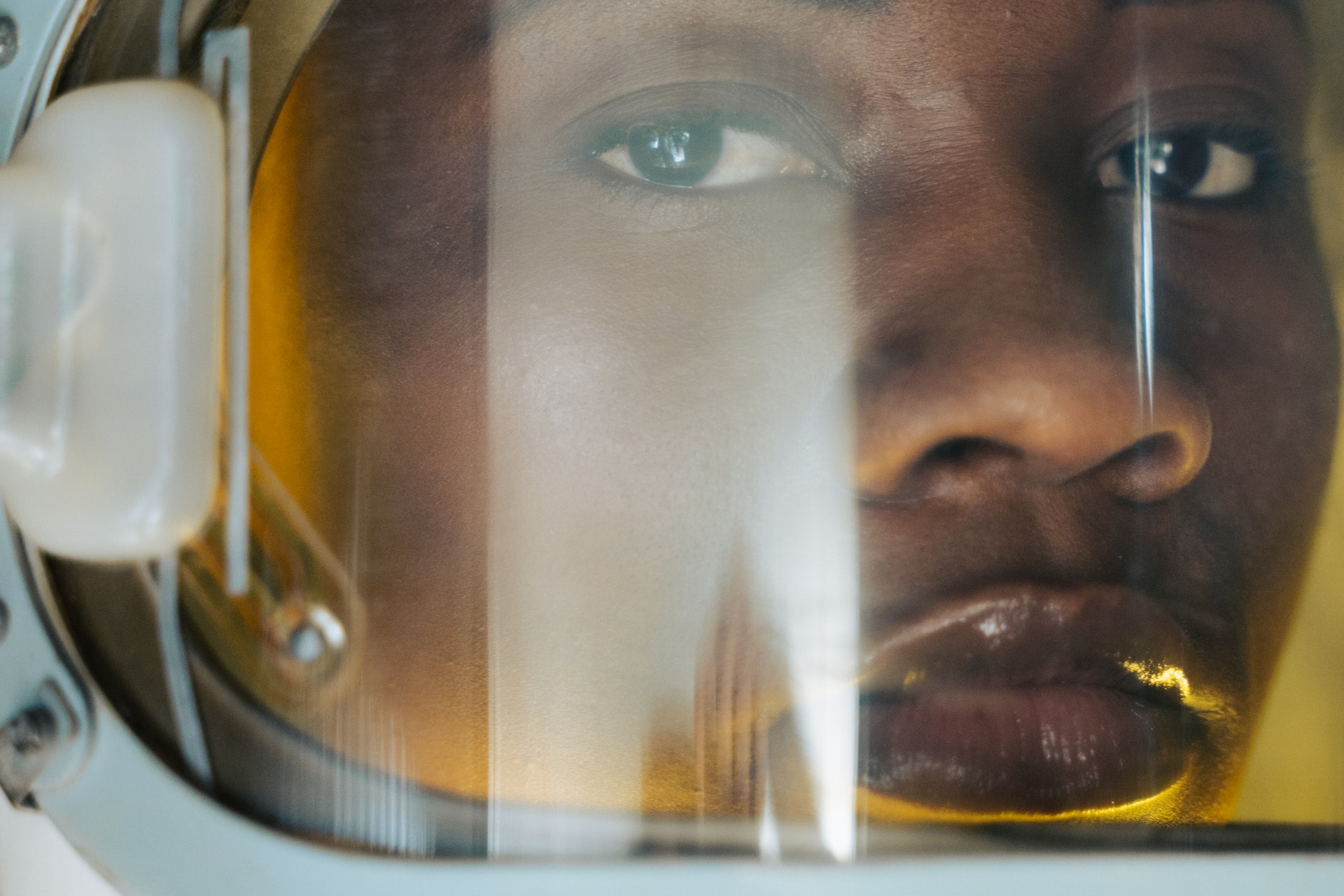
How Does Human Spaceflight Affect the Body and Mind?
April 20, 2022 - Emily Newton
Revolutionized is reader-supported. When you buy through links on our site, we may earn an affiliate commission. Learn more here.
On April 12, 1961, Russian cosmonaut Yuri Gagarin made history as the first human in space. For much of the time since then, people mostly thought of space exploration as only accessible to trained professionals. However, that’s changing now, especially with companies offering commercial human spaceflight trips as novelty tourism.
Many experts and enthusiasts alike also hope people could eventually live on Mars. The increased access to our corner of the known universe is undoubtedly exciting. However, whether someone aspires to have a career as an astronaut or has the financial resources to buy a space trip, society cannot overlook the physical and mental risks that often accompany traveling to space.
Examining Potential Immune System Changes During Prolonged Spaceflight
A recent NASA investigation aimed to see how deep-space, long-term missions could affect astronauts’ ability to fight infections or increase the risk of passing them to other crew members. Previous research in this area indicated that human spaceflight impacts the immune system. For example, white blood cells are not always as efficient at fighting infections in space as they are for Earth-dwelling people. Moreover, being in space may make inactive viruses carried in the body get activated in astronauts.
Dr. Brian Crucian is the lead scientist for NASA’s immunology research, and he oversaw this study. He noted that astronauts generally only experience minor effects if latent viruses get reactivated in space.
But, scientists don’t yet know if that might change during longer missions. Getting information about the possibility now is vital. It will help the physicians and biomedical scientists who specialize in caring for people on human spaceflight missions.
The study’s data came from International Space Station crews who gave blood, saliva and urine samples before, during and after their spaceflights. The astronauts who contributed to this study were all on International Space Station missions for an average of six months.
The astronauts went through a process of collecting and sending off their blood samples that allowed researchers on Earth to receive them only 37 hours later. The specimens sat inside a cushioned cargo ship. After receiving them, scientists looked for biomarkers that could indicate the immune system is under particularly high stress. They also compared the samples with 10 people on Earth who were the same age and gender as the astronauts.
Getting Clues About the Mental Effects of Human Spaceflight From Polar Researchers
Astronauts face numerous challenges that could hurt their mental health during and after missions. They span from social isolation to the challenges of living in confined spaces while dealing with altered light-dark cycles. Researchers from the University of Houston realized that those conditions mirror what teams deal with while studying Antarctica. Every winter on Earth, approximately 1 septillion ice crystals fall from the sky as snowflakes. However, Arctic scientists arguably deal with exceptionally harsh conditions.
The University of Houston team believed the experiences of the polar researchers could help them learn more about the mental health implications of human spaceflight. More specifically, the team developed a checklist to help participants chronicle their mental states. They then tracked those people for nine months and took data about any physical complaints that arose during the period.
The results showed that the Antarctic researchers recorded continuous declines in positive emotions throughout their missions. Moreover, the trend continued even when team members were preparing to go home. Conversely, the data revealed more variability in negative emotions. Not surprisingly, it also showed people were more likely to experience them along with physical issues.
Another takeaway was that people were less likely to use effective emotional regulation techniques as their mission time increased. Similarly, the subjects showed fewer instances of noticing, appreciating and deepening their positive emotions at later mission phases.
The University of Houston group concluded that individual, interpersonal and situational factors could heavily influence whether people feel negative emotions while on demanding missions. However, the decline in positive emotions was more consistent across the subjects. Thus, interventions designed to bolster positive emotions could help human spaceflight candidates and others likely to deal with isolating and extreme environments.
Assessing the Viability of Mars-Based Human Spaceflight
Scientists know that Mars is one of the planets most similar to Earth. However, they agree that society is a long way from feasibly sending humans there. There are also some known dangers. For example, Mars does not have a magnetic field to shield people from interstellar radiation. Even so, research is underway to see if such trips are viable.
Researchers from UCLA specifically researched the radiation aspect and came away with takeaways that could make the trip safer for the astronauts involved. Firstly, they determined that the spacecraft must have sufficient radiation shielding. They also said the ideal length for such a trip would be less than four years.
Another finding was that the mission timing would matter for reducing the radiation risks. The scientists learned that the best time for the spacecraft to leave Earth would be during the solar maximum on Mars. More specifically, during that period, the more-active solar period helps deflect the most dangerous and high-energy radiation particles from the sun.
The scientists calculated that astronauts could feasibly complete their missions in less than two years, too. However, the trip takes an average of nine months. The group made geophysical particle radiation models to show the likely effects on the body during a Mars mission.
The modeling also offered some helpful information about the spacecraft’s construction. A relatively thick material could block much of the radiation. However, if the thickness was too great, it could increase the astronauts’ secondary radiation risk. Mars missions may be a long way off for humans, but work like these makes that goal easier to reach.
Growing Crops in Space to Minimize Bone Density Loss
Ongoing research indicates that some astronauts love gardening in space during their mission leisure time. Some spent many hours caring for the plants. Also, no astronauts who’ve tried gardening in the study viewed it as a meaningless activity.
However, scientists also believe that letting astronauts grow things in space could safeguard against bone density loss caused by microgravity effects. A study involved creating a type of genetically modified lettuce containing parathyroid hormone (PTH). Astronauts currently take it to reduce bone density loss risks on their missions. However, they receive it through injections. Eating lettuce to get the necessary amounts would arguably be a more pleasant option.
The research team working on this high-tech lettuce explained that growing it has benefits beyond protecting astronauts’ bones. Growing the crops and then eating them could help boost morale and encourage people to take ownership of another part of the mission’s success.
Another issue this research could solve is that packaged medicines may expire during long-term human spaceflight efforts. In such cases, people will need reliable ways to replenish their supplies while away from Earth. Suppose astronauts could carry more seeds and fewer packaged medicines. That swap would help achieve a lower total weight in the craft, too.
The scientists are still working out the necessary details. For example, they want to know how much PTH an average head of lettuce contains. They’ll also need to learn which parts of the lettuce typically have the most of it. Finally, they’ll see whether astronauts could get enough just by eating the lettuce. If not, they may need to purify the drug from plant extracts.
Gaining Valuable Knowledge to Support Human Spaceflight
It’s still too early to say whether human spaceflight will become a booming commercial industry for those interested in exploring our solar system. However, no matter what happens in that regard, it’s still vital to protect the people who devote their lives to learning about outer space as professional astronauts.
The research mentioned here, and other work like it, will be instrumental in helping people learn more about the potential risks of sending humans to space for any reason. It’ll then be easier to mitigate some of those threats or at least give people a more accurate understanding of them.
Human spaceflight could bring both good and bad surprises. But, when it comes to physical and mental well-being, it’s best to minimize the unexpected circumstances that could cause long-term harm. Learning about them through scientific studies is a reliable way to help current astronauts and people who eventually choose to go into space for their careers.
Revolutionized is reader-supported. When you buy through links on our site, we may earn an affiliate commission. Learn more here.
Author
Emily Newton
Emily Newton is a technology and industrial journalist and the Editor in Chief of Revolutionized. She manages the sites publishing schedule, SEO optimization and content strategy. Emily enjoys writing and researching articles about how technology is changing every industry. When she isn't working, Emily enjoys playing video games or curling up with a good book.
